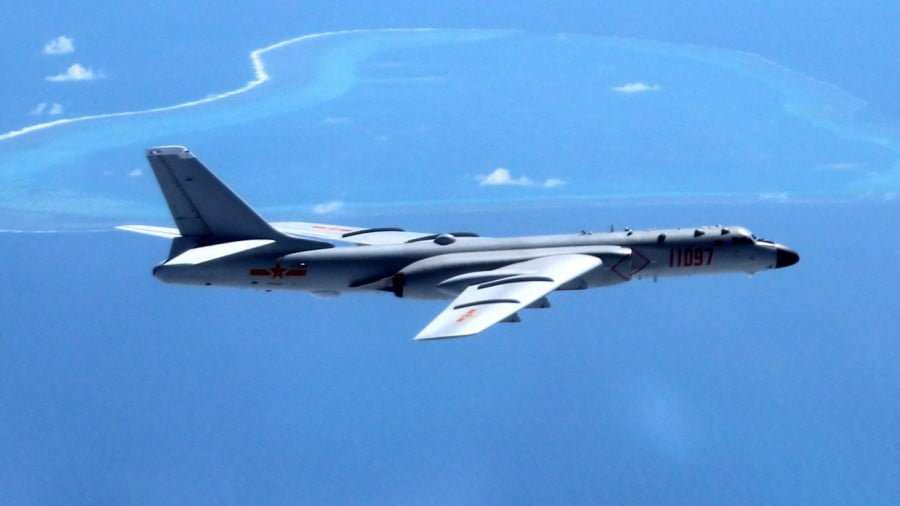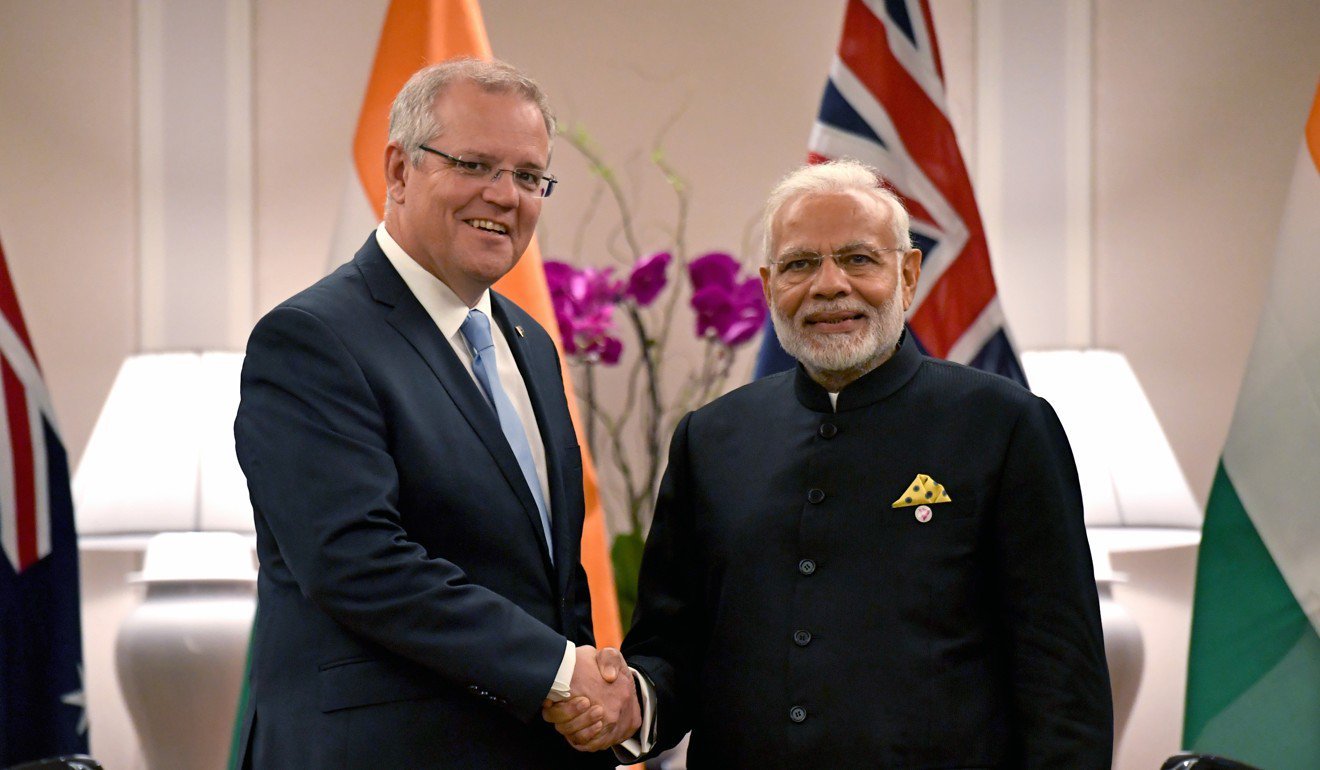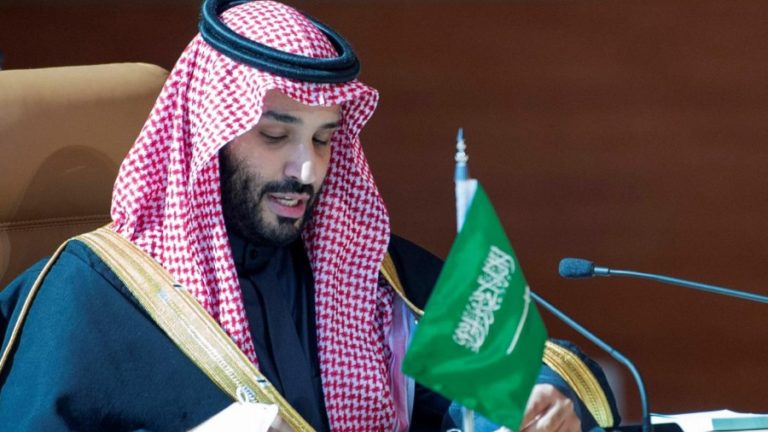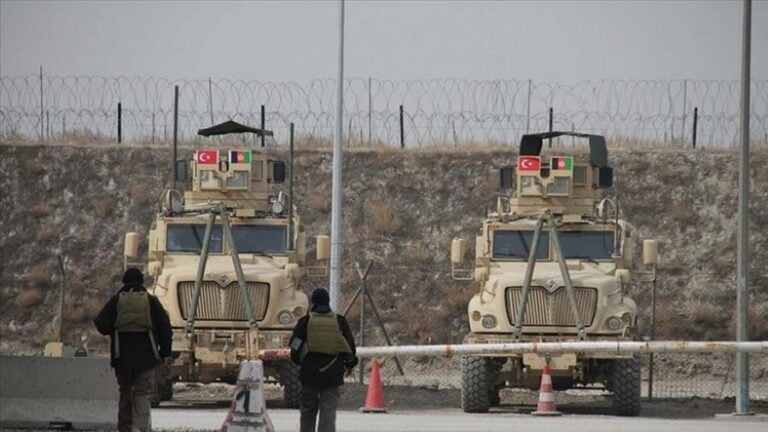Billed as a Counter to a Rising China, the Quad has Yet to Find a Purpose
When senior officials from the United States, India, Japan and Australia recently held a rare four-way dialogue in Singapore, the meeting did not produce a single joint statement. Instead, it resulted in four – one for each country.
The outcome reflected the ambiguities surrounding the loose grouping that has been both hailed and scorned as a potential counterweight to China’s growing clout in the Asia-Pacific.
When Japanese Prime Minister Shinzo Abe initiated the Quadrilateral Security Dialogue, or the “Quad”, in 2007, he envisaged a “democratic security diamond” capable of checking Beijing’s rising influence in the region. The group held just one round of dialogue and joint military drills that year before entering a decade-long hiatus when Australia withdrew to forge closer relations with Beijing.
Its most recent gathering, held on the sidelines of the Asean summits earlier this month, was the first since its revival last year, and its fourth since its inception. The members in Singapore individually pledged support for an “open” and “rules-based” region but the group has not been formalised at the ministerial level and the timing of its next meeting is unclear.
This time around, India is the acknowledged outlier among the four participants despite lending its name to the group’s favoured nomenclature, the Indo-Pacific. New Delhi is hesitant to adopt a unified and tough line on Beijing, which vigorously protested the Quad in its first incarnation and more recently mocked it as transitory “sea foam”.
“India is seen hedging its bets: trying to come closer to the US without antagonising China, with which it has a long-standing border dispute,” said Vinay Kaura, an assistant professor at Sardar Patel University of Police, Security and Criminal Justice in Jodhpur.
“India seems reluctant to move forward in the direction of militarising the Quad, which is what the US wants in association with Japan and Australia.”
“India’s civilisational DNA follows the ‘golden mean’ or ‘middle path’ so India has never been able to take extreme sides in any policy matters, domestic or international,” said Swaran Singh, a professor of diplomacy and disarmament at Jawaharlal Nehru University in New Delhi. “As a result, India is the only country in the Quad that does not share an alliance relationship with the others.”
Derek Grossman, a senior defence analyst at the Arlington, Virginia-based Rand Corporation, described the results of the most recent Quad meeting as “less than encouraging”.
“No joint communique was released,” Grossman said. “In addition, I and others have noticed that the phrase ‘common commitment’ was eliminated from the Ministry of External Affairs statement this time, which may not be a coincidence.
“It’s perhaps the latest example of New Delhi attempting to put some distance between itself and the Quad – especially the military coordination dimension – which is at the heart of the dialogue.”
Nevertheless, the fact the Quad has been revived at all has been interpreted as a sign India shares the concerns of the other nations about Chinese hegemony in the region. For New Delhi, areas of concern include security and trade routes in the Indian Ocean and the strategic impact of Beijing’s “Belt and Road Initiative” in its backyard.
“China’s growing assertiveness is what seems to have prompted all four countries to come together to save the rules-based international order, which is facing constant threats from China’s push,” Kaura said. “There is a growing consensus in all four capitals that delayed action will be detrimental to their national interests.”
Singh said New Delhi has an enduring interest in ensuring Beijing is not the only power charting the course of the region.
“India would surely like to ensure that China’s rise does not become the singular determinant shaping the geopolitics of this region,” he said. “So it’s not to contain but to restrain its negative outcomes that India would like to engage in Quad.”
Although questions about the Quad’s purpose and effectiveness remain, one of its biggest challenges may be the weight of expectations.
Dhruva Jaishanka, a fellow at Brookings India in New Delhi, said the Quad has often been inflated in discussions into something it is not.
“If there’s a expectation that India would slot into an alliance framework … with the expectations and obligations associated with that, that does not seem to be forthcoming and I don’t think that will happen,” Jaishanka said. “That’s not very realistic. Can there be a lot of meaningful cooperation short of that? Absolutely, and I think that’s what we are heading towards.
“If you look at the areas of convergence in their strategic outlooks, there’s increasing overlap,” Jaishanka said. “And you see this now in four actors embracing the logic of the Indo-Pacific, and also the values that underpin them.”
By John Power
Source: South China Morning Post








